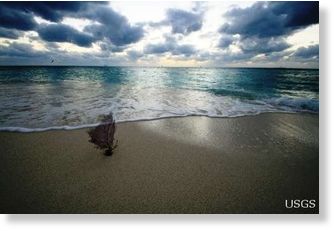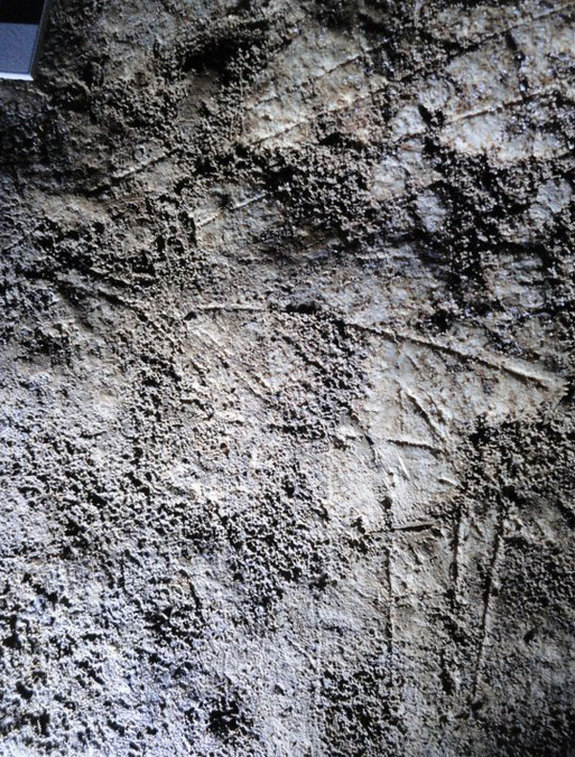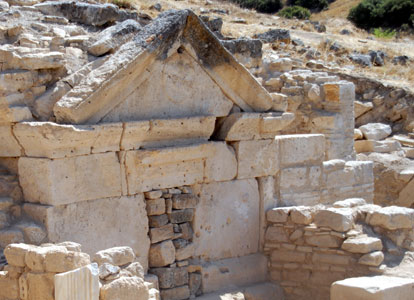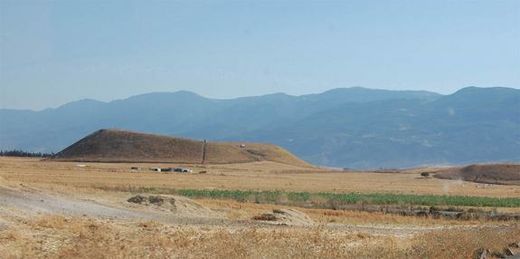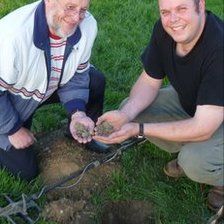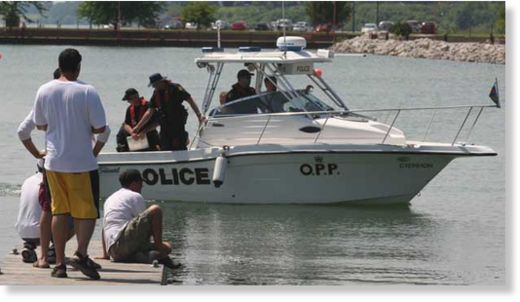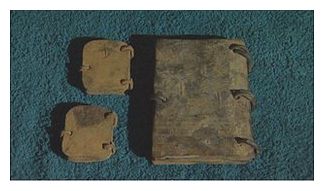
© BBCThe metal books, the Lead Codices, range in size and are covered in ancient lettering.
In the cool living room of a stone-built house in Northern Israel I might just have held in my hands the keys to the ancient mysteries of Christianity.
And then again, I might not have.
With the blinds shuttered against the glare of the midday sun my host, Hassan Saeda, lays out a collection of extraordinary books which he says are about 2,000 years old.
Flowing of hair and neat of beard, he bears a distracting resemblance to an illustration of Christ from an old children's Bible. It lends the scene an air of extra gravity.
The books - bindings, pages, covers and all - are made entirely of various metals.
They are inscribed - or engraved, stamped or embossed - with various simple pictures and writing in a variety of languages including Greek and Old Hebrew.
And they are astonishingly heavy. Some are no larger than a credit card but some are the size of large-format modern paperbacks. The largest that I handled probably weighed 4 or 5kg (about 10lbs).

© BBC"I spent so much time and so much money to prove these are real. There are a lot of professors and one of them told me that I'm living in a fantasy”
Hassan Saeda, Owner of metal books.
You can see why the publishing industry was eventually won over by the flexibility and portability of paper.
